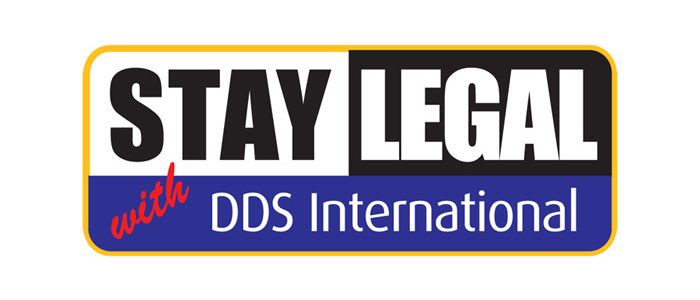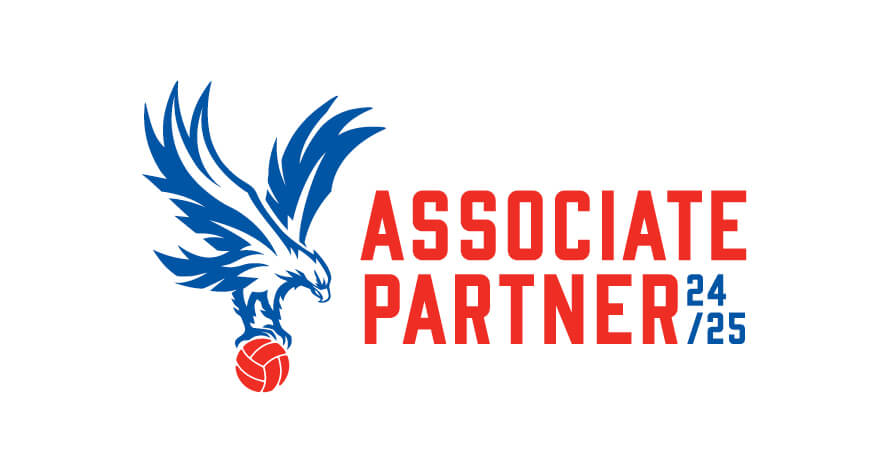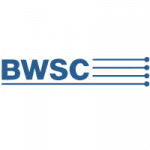Your Ladder Register & Ladder Condition
This post is part of the “Focus on Health and Safety Audit Questions” series. A series which focuses on questions asked by our health and safety consultants when conducting a health and safety audit.
Test
Check that there is a ladder register in place (observe defected ladders on inspection).
Reason for This Question
A ladder register must be in place and your ladders must be in a good state of repair to comply with the Work at Height Regulations 2005 (WAHR).
Possible Answers
Red: No ladder register and or ladders in poor repair
Amber: Ladder register in place but ladder condition suspect
Green: Assessments Ladder register in place and ladder in good repair
Common Issues
- No ladder register in place
- Ladders in poor condition
- Ladder register not being used
- Unapproved ladders in use
- No identification markings on ladders
Fail Rate
48% of businesses failed this question based on our sample data.
Information
What is work at height?
- Any work where team members use any form of equipment to raise them off ground level can be classed as work at height.
- Any work where the team member has a risk of falling to a level below can be classed as work at height.
- Equipment can range from step stools through stepladders to multiple section ladders, MEWPs, man up cage and scaffolding.
- Injuries can be caused if a person falls from height or by items/equipment dropping onto a person below.
- Injuries may also be caused by contact with overhead hazards; such as overhead electrical cables and stock stored at height.
- Many serious injuries are caused by falls from heights below 2m so all tasks that require team members to work at any height above ground should be controlled.
- As the height off the ground increases the potential for serious injury, if a fall happens, will increase as well.
Working at Height – Steps and Ladders
- Any work at height above what can be accessed by a small set of steps or the platform ladders provided must not be carried out without first doing a risk assessment.
- The ladder register must be completed for all ladders, steps and stools used. Work at height risk assessment should be reviewed for all working at height activities.
- Team members must not carry out any task at height other than from a step stool, step ladders or the platform ladders provided.
Is work at height necessary?
If possible, work at height will be avoided or minimised. This might be possible by re-siting stock in storage to lower levels or by removing a piece of equipment from high level, working on it at ground level, and then replacing it.
Work at height below two metres
When working at relatively low levels team members may be tempted to use equipment that is not safe for the job, e.g. standing on chairs fitted with wheels or boxes stacked on top of each other. Many people every year, in many different workplaces, suffer serious injuries falling from relatively low heights. For this reason, use of this type of unsuitable equipment is forbidden.
Whenever team members need to gain access to a height that they cannot easily reach, suitable steps/ladders have been provided, and must be used.
If any items have to be lifted up to a height it is easier to do this by placing the load at a level where it can safely be reached after stepping up onto the access equipment. If this is not possible, it may be necessary to have another team member to pass the items up.
Loads are only to be lifted up at the same time as stepping up if they have small enough and light enough not to cause any risk of over balancing or of possible manual handling injuries.
Work at height requiring ladders or other access equipment
Certain activities will be carried out which involve work at heights above what can be reached by the steps, for example, changing light bulbs, some cleaning, moving signs, etc. To ensure that this work is carried out safely, suitable contractors may be required to undertake these tasks.
Use of ladders
Step ladders and straight ladders are work equipment and team members must be trained before being
allowed to use them. All ladders must be rated as EN131 (Class 2), for light industrial use, or better.
Step stools must conform to BS EN 14183 light commercial use duty rating maximum 150kg.
Ladders must be used in accordance with the following rules
- Ladders must be inspected before use to check for damaged rungs, struts, leg platforms, welded joints, buckled guard rails etc. Damaged ladders must not be used.
- If ladders have been identified as damaged they must be clearly labelled ‘Damaged, Do Not Use’, to stop possible use by other team members. Damaged ladders must be repaired as soon as
possible or removed from the building. Check to ensure that there is no visible damage to the ladders and rungs. - Ladders must only be used on surfaces where the feet of the ladders will grip. Watch out for wet and uneven surfaces.
- If ladders are used in doorways, or areas on other traffic routes where the ladder could be knocked, action must be taken to ensure this does not happen. For example, the door should be
locked/blocked, a person stood to stop the ladder being knocked, barriers used, etc. or work carried out outside trading hours. - Step ladders must be set up with legs fully extended, with any locking bars between the legs in place and at right angles to the work where possible. The top tread of a pair of steps should not be used for a foot support unless there is an extension above the top to provide a hand hold. The rear part of steps should not be used for foot support.
- Mobile platform steps – check all wheels are in a serviceable condition. The hand brake must always be used, before using the steps. Never move mobile steps when stock has been left on any
tread. When lowering stock from mobile steps always ensure you use one hand to hold onto the rail. Some steps have a guard rail on one side only. Always ensure that the unguarded side is
against the racking. - Footwear must be secure, dry, free from fat, grease or anything else likely to make them slip on the ladder.
- Only one person must use the ladder or steps at a time.
- Users must never stretch out to the side from ladders/steps because this can cause the ladder to over balance and fall. If the work is more than an arm’s length from the ladder/steps, the user must come down the ladder/steps and move them to a better position. 3 points of contact MUST be applied at all times (The stomach is a point of contact)
Maintenance of steps/ladders
Steps and adders are items of work equipment that must be maintained in a safe state.
This includes:
- Inspection before use.
- Periodic safety checks to ensure that any problems or faults with ladders results in action being taken (see periodic checks in section 9.0).
- Storage in conditions that will not cause damage, e.g. away from corrosive chemicals or oil, not loaded, etc.
This post is part of the “Focus on Health and Safety Audit Questions” series. A series which focuses on questions asked by our health and safety consultants when conducting a health and safety audit.











Comments are closed.